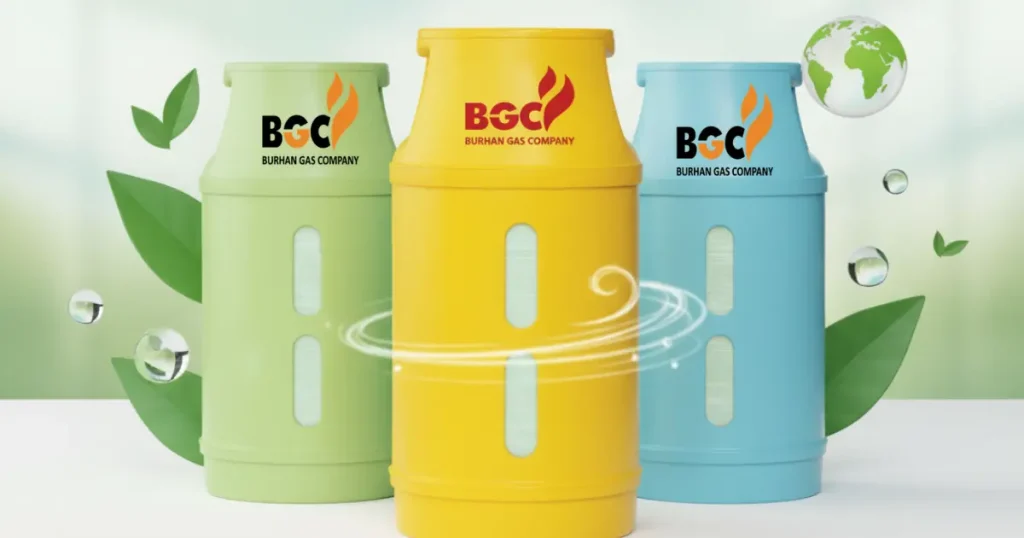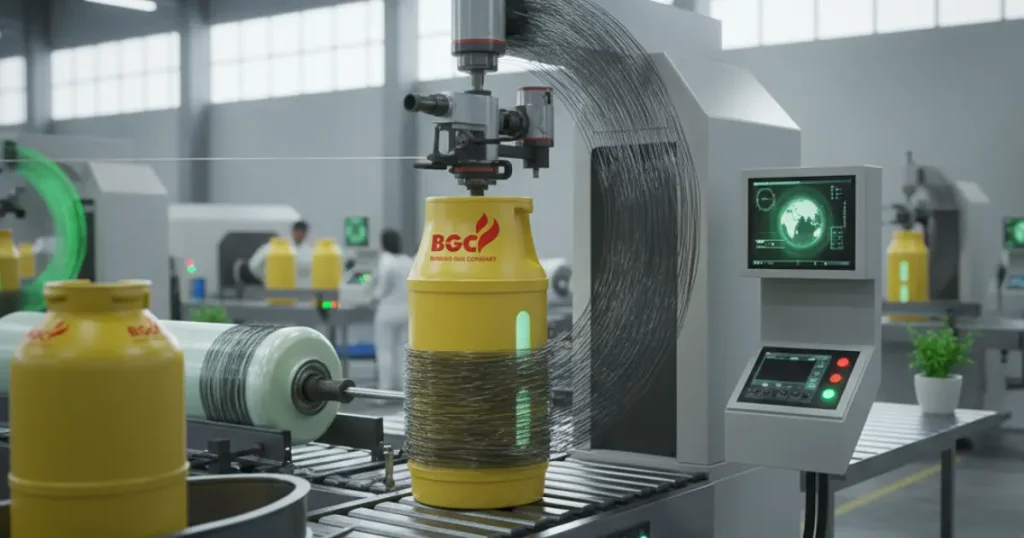In today’s world, reducing carbon footprints is no longer just an option — it’s a necessity. As industries and households look for ways to make energy usage more sustainable, lightweight composite LPG cylinders are emerging as a game-changer. By replacing conventional steel cylinders with advanced composite ones, we can significantly reduce greenhouse gas emissions while supporting a more sustainable energy future.
How Lightweight Cylinders Reduce Carbon Footprints
1. Reduced Transportation Energy
The biggest carbon-saving advantage of composite cylinders lies in their lightweight structure. Conventional steel cylinders are heavy, requiring more fuel for transportation. In contrast, composite cylinders can be up to 40–50% lighter, which means:
- Less fuel consumption per trip
- Lower CO₂ emissions from delivery vehicles
- Reduced overall logistics costs
For example, a truck carrying 100 steel cylinders could see its payload weight cut by nearly 40% if replaced with composite cylinders. That reduction directly translates to fuel savings and fewer emissions.
2. Increased Transport Efficiency
Lighter cylinders not only reduce energy use per kilometer but also allow for:
- More cylinders per load, maximizing transport capacity
- Fewer delivery trips, further reducing fuel consumption
- Enhanced access to remote or underserved regions, cutting down on the hidden carbon costs of repeated trips
3. Recyclable & Sustainable Materials
Composite LPG cylinders are typically made from materials such as fiberglass and high-density polyethylene (HDPE) — both recyclable. This contributes to a circular economy, where resources are reused instead of being discarded. At the end of their service life, these cylinders can be processed and reintroduced into the supply chain, minimizing waste and environmental harm.
4. Supporting Broader Energy Access
Because they’re lighter, composite cylinders are easier and cheaper to transport to remote areas where energy access is often limited. By reducing the logistical challenges of fuel delivery, composite cylinders help extend clean cooking energy to communities that previously relied on unsustainable fuels like wood or coal. This not only lowers carbon emissions but also improves public health and quality of life.
How It Works
- Weight Reduction: Composite cylinders are made from advanced materials such as carbon fiber reinforced polymers, which are significantly lighter than traditional steel.
- Impact on Transport: A delivery vehicle carrying 100 conventional steel cylinders may burn substantially more fuel than one carrying the same number of lightweight composite cylinders — simply because the load is lighter.
- Sustainable Disposal: At the end of their long service life, composite cylinders can be recycled, ensuring minimal environmental impact compared to steel cylinders that often end up as scrap or waste.
Conclusion: A Step Toward a Greener Future
Switching from conventional steel cylinders to lightweight composite cylinders is more than just an upgrade in technology — it’s a powerful step toward cutting carbon footprints across the LPG supply chain. From transportation savings to recyclable materials and improved distribution efficiency, these cylinders align with the global push for sustainable, low-carbon solutions.
As industries, governments, and consumers look for ways to reduce environmental impact, composite cylinders prove that smart design and innovation can play a key role in achieving a greener, cleaner future.





